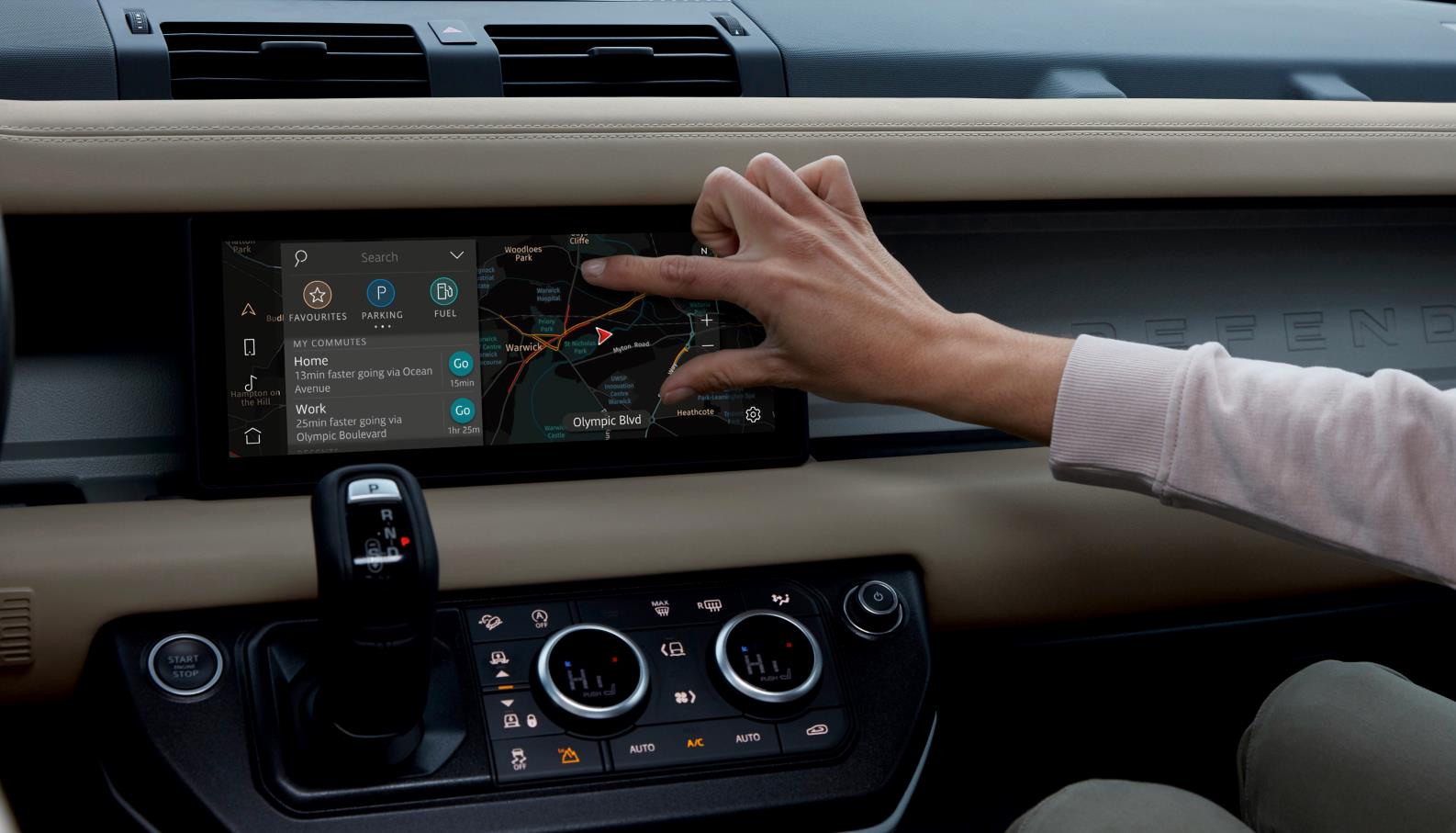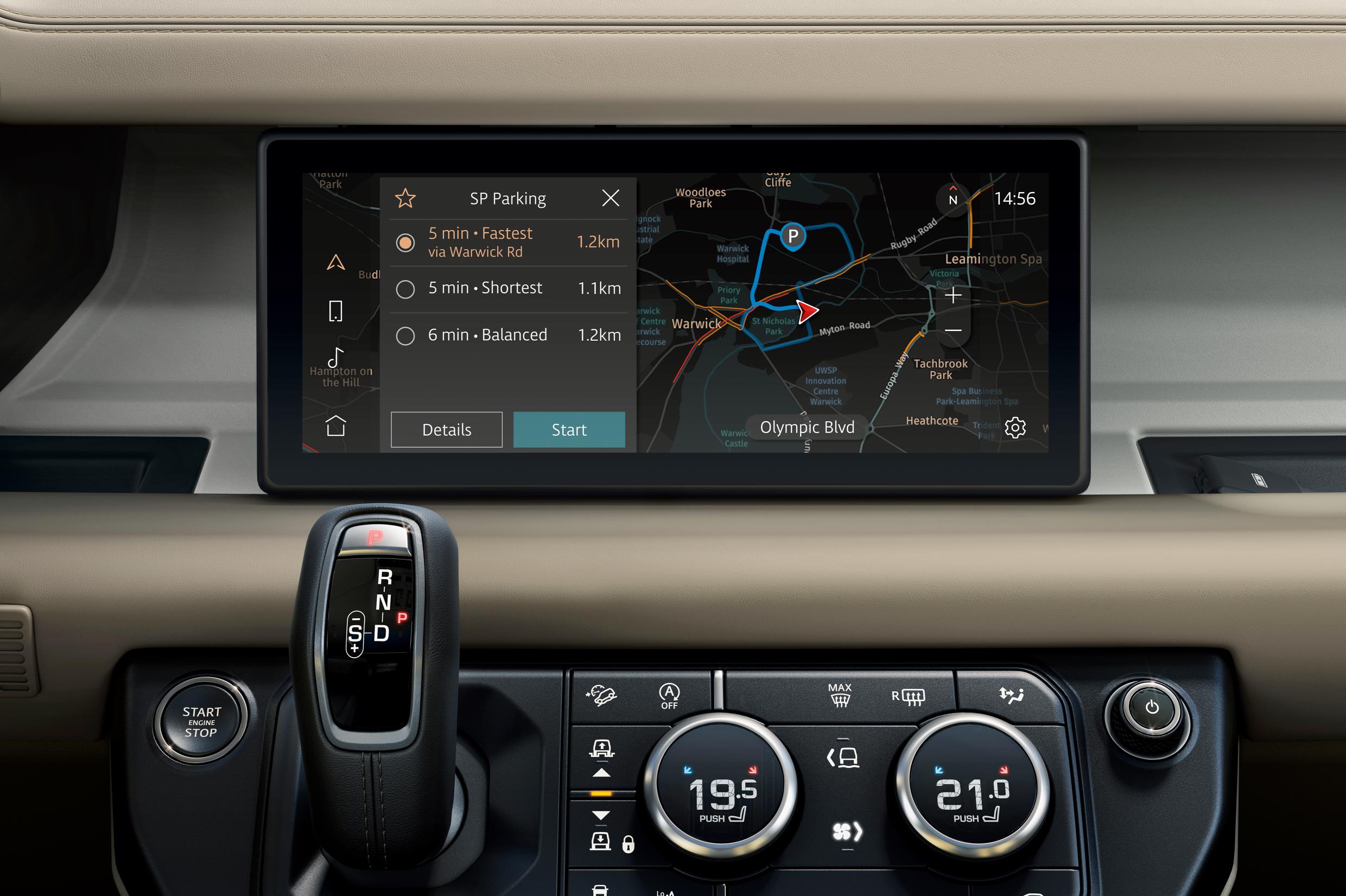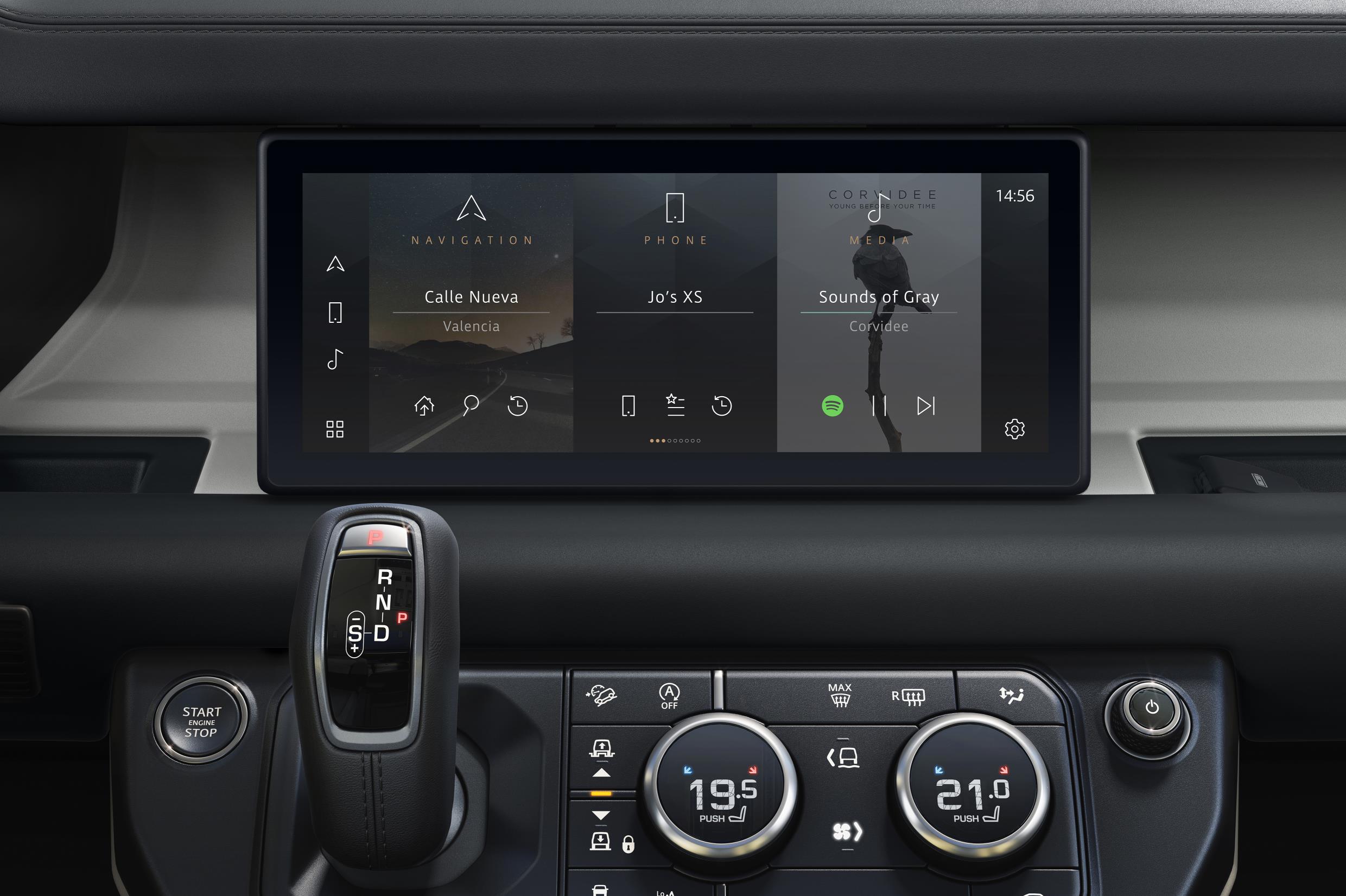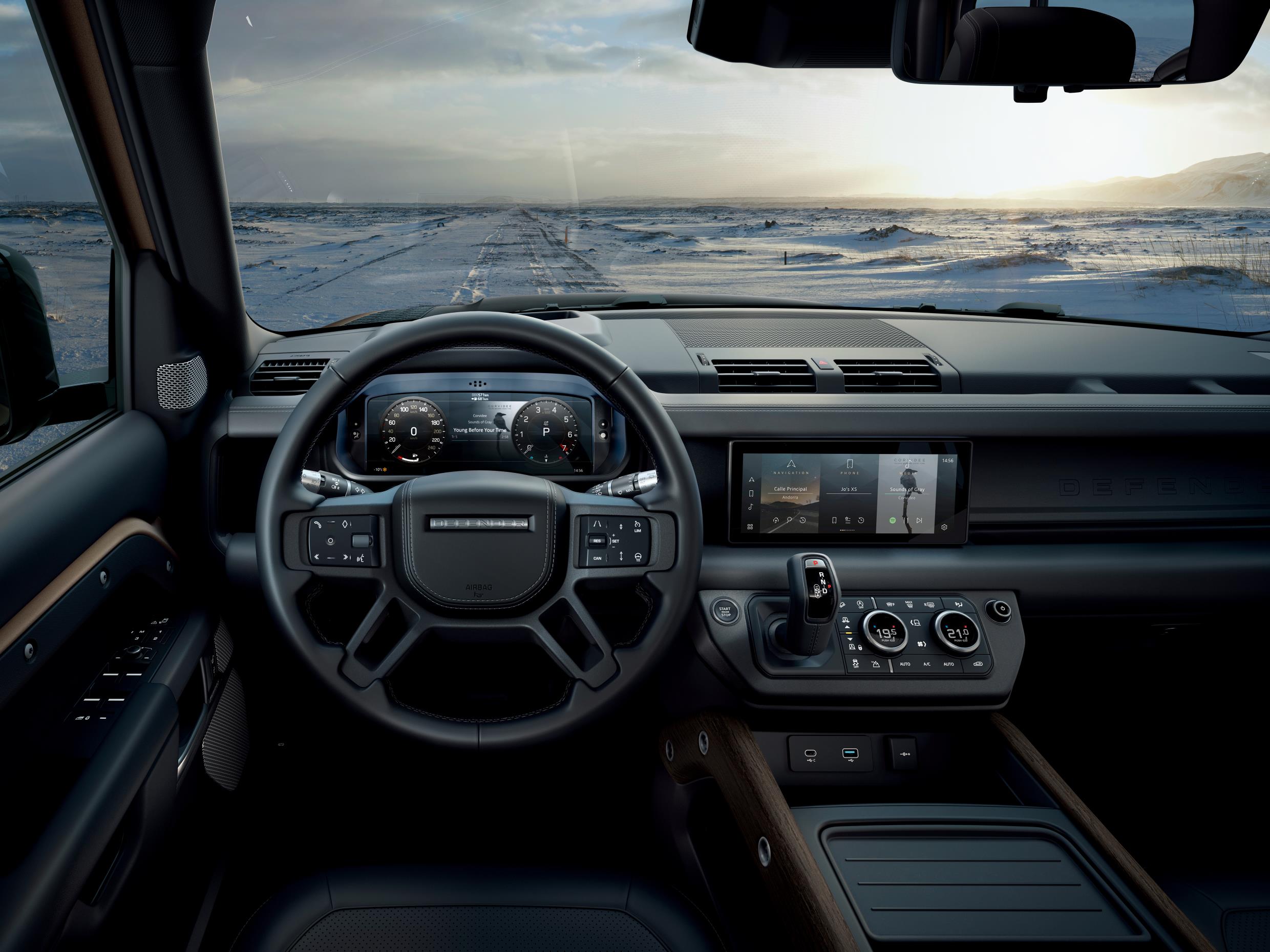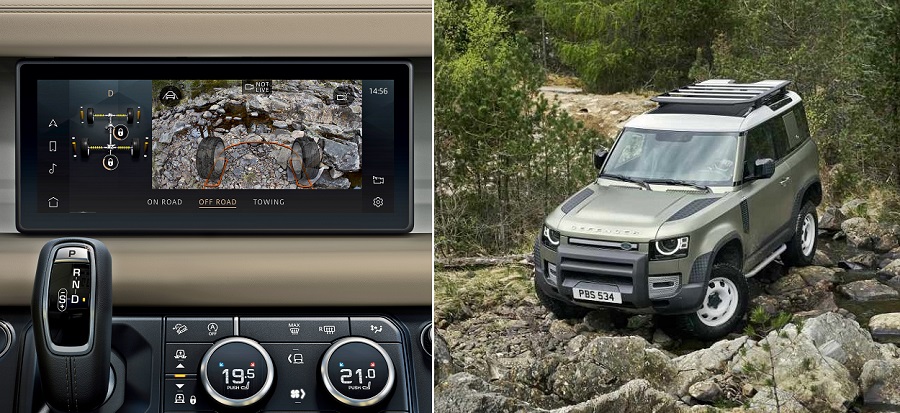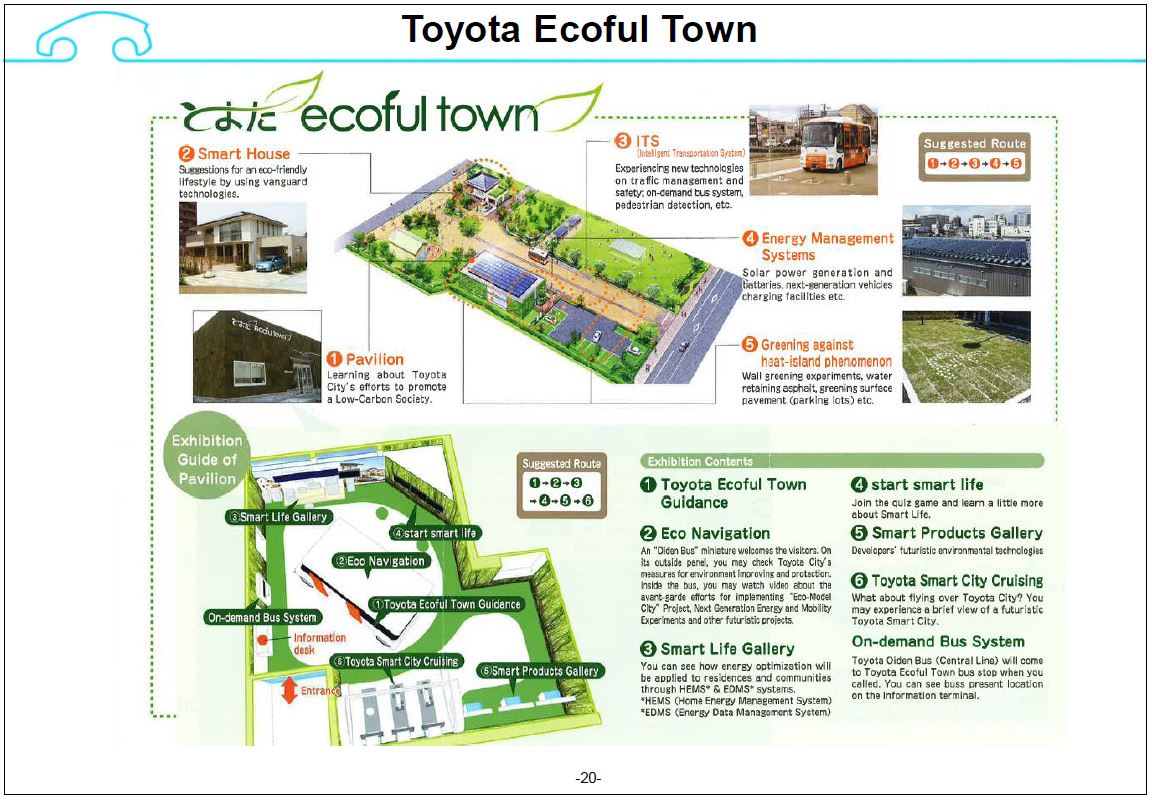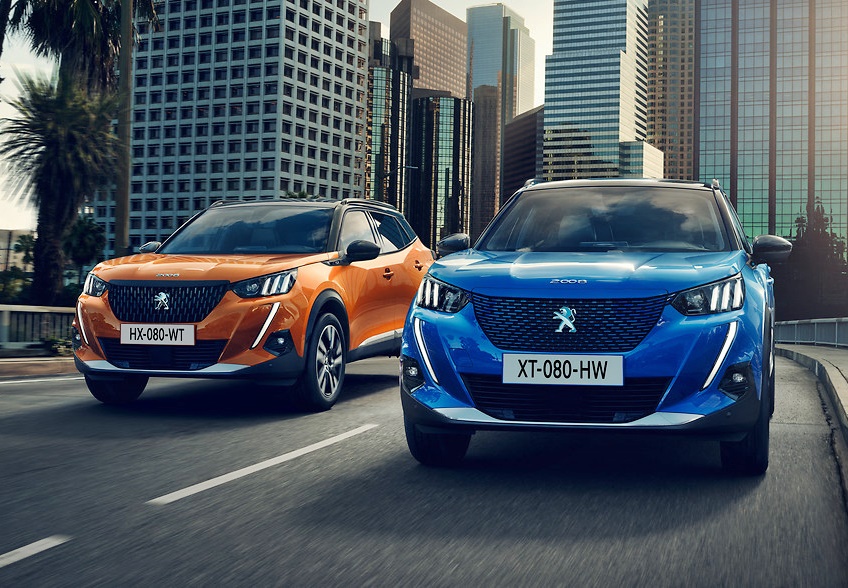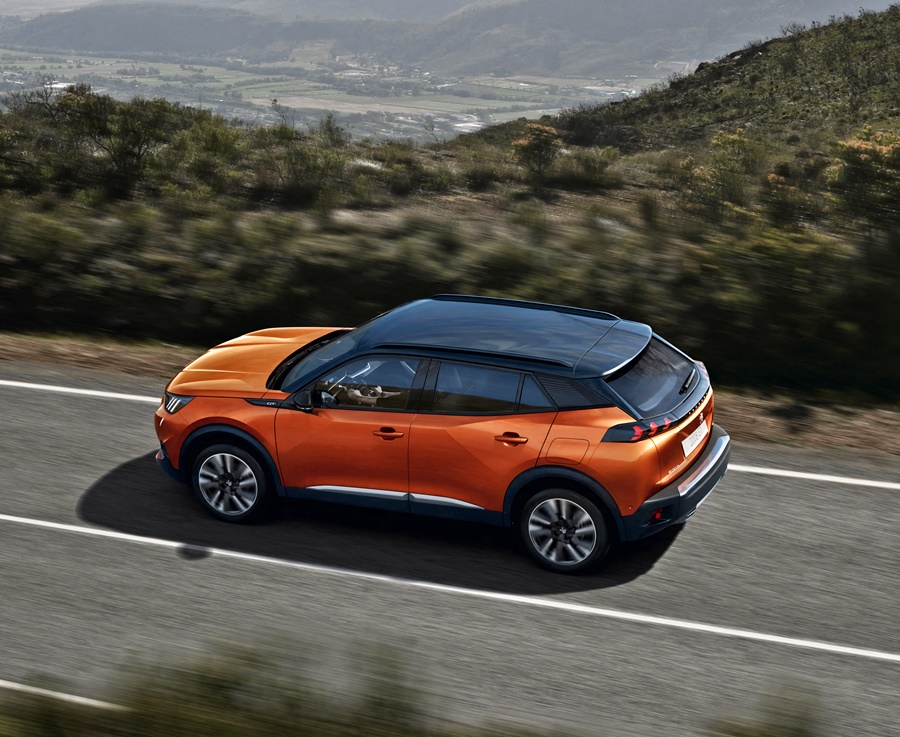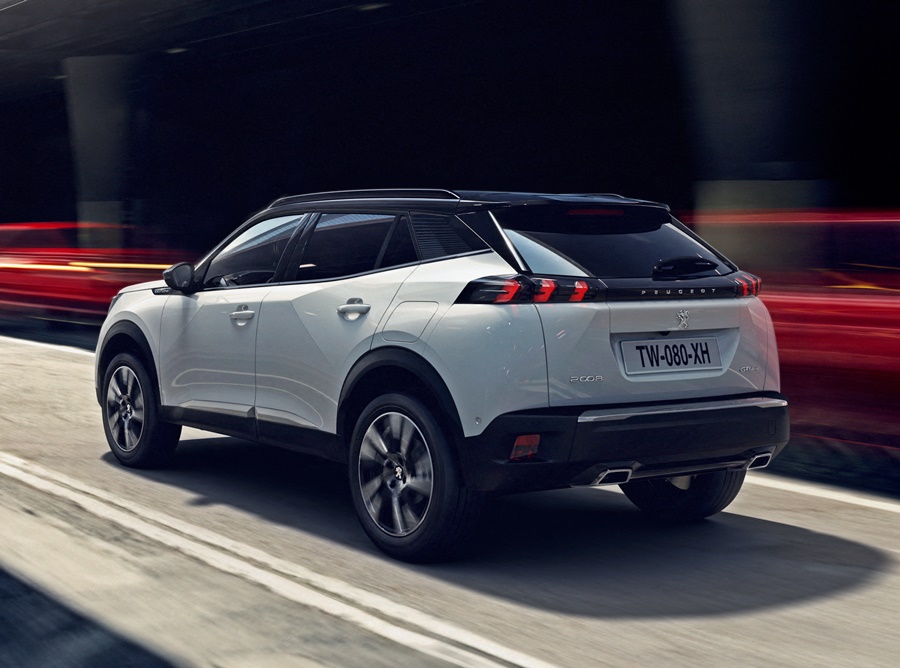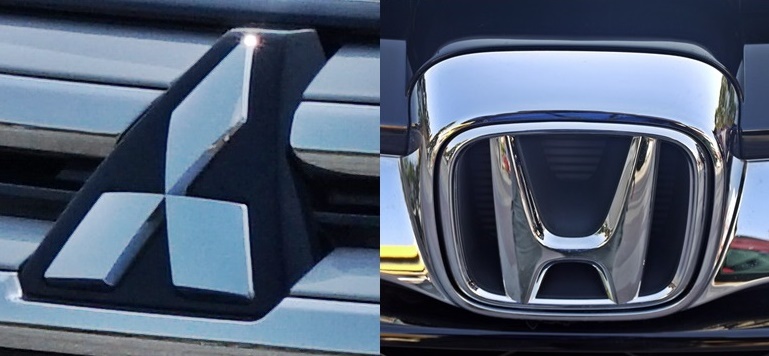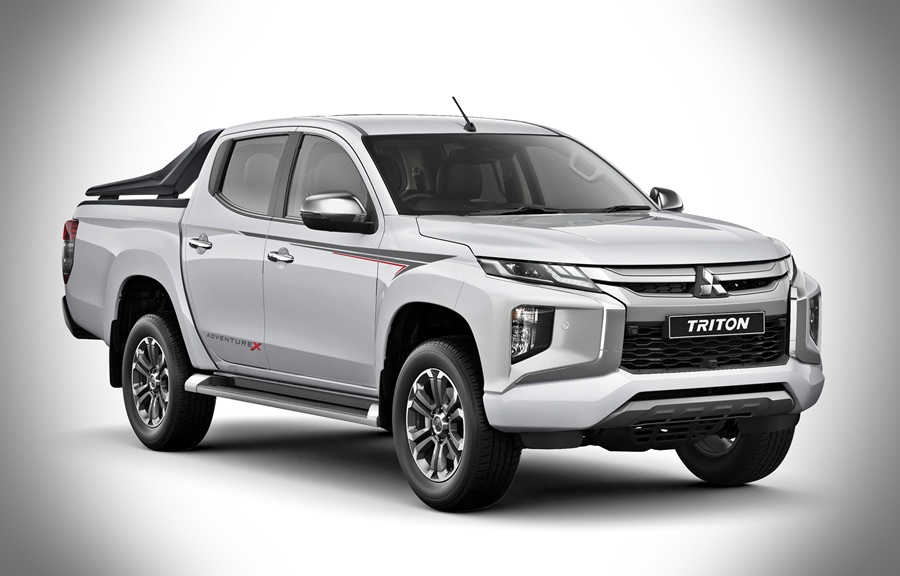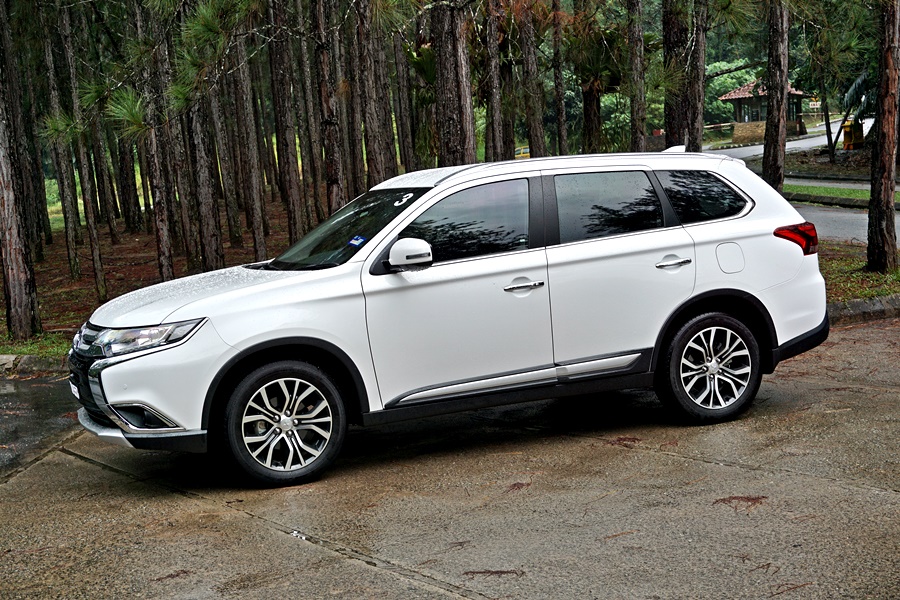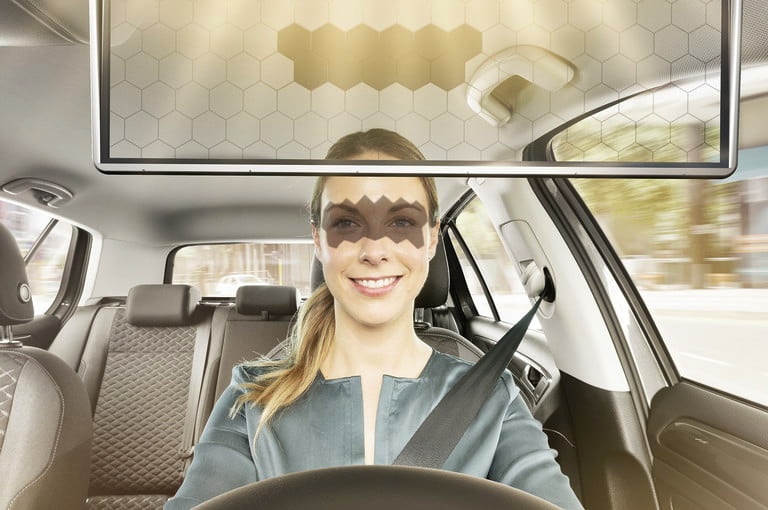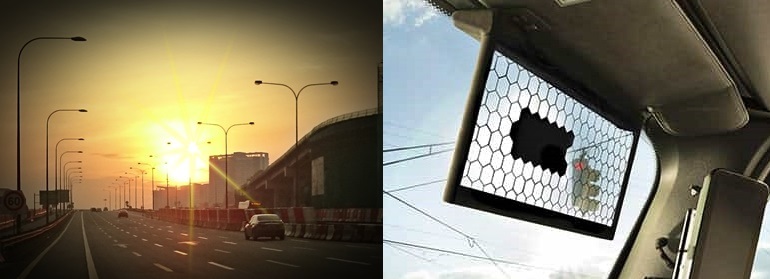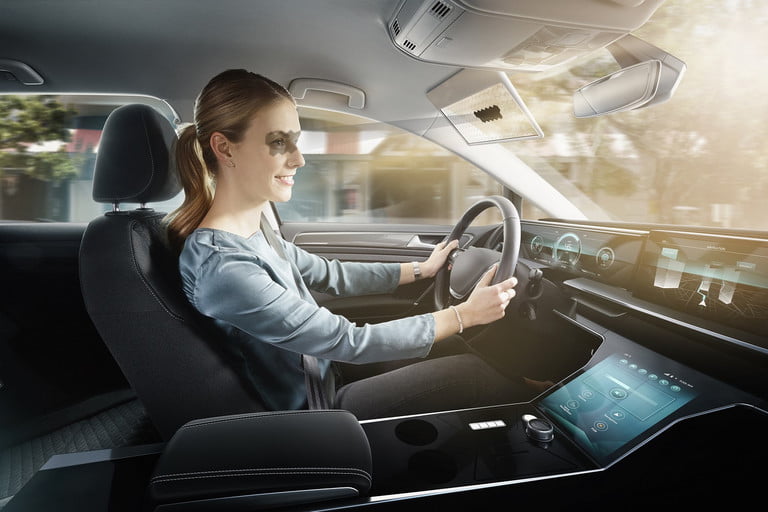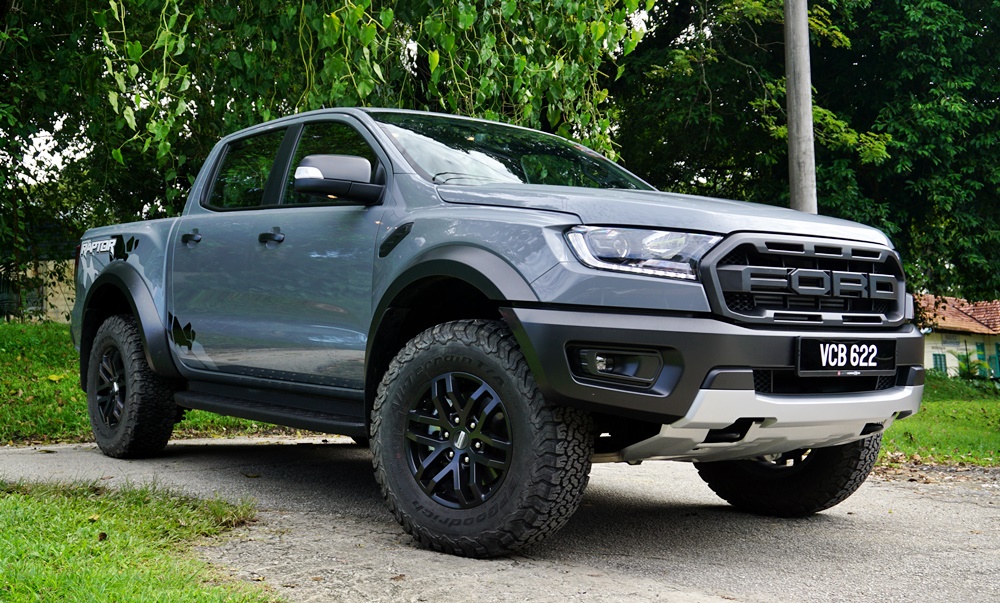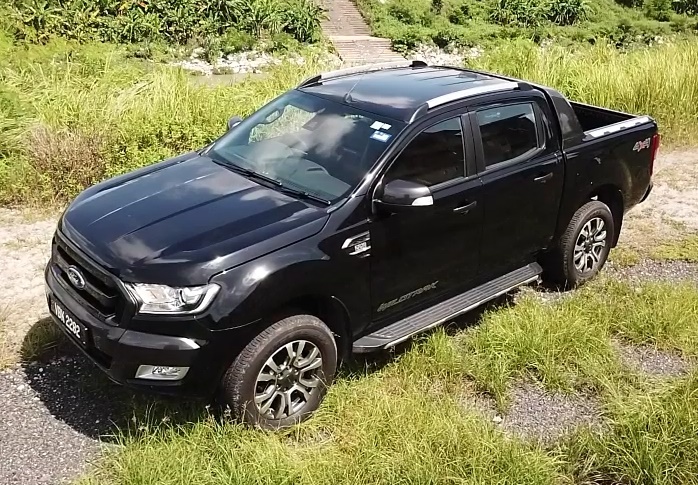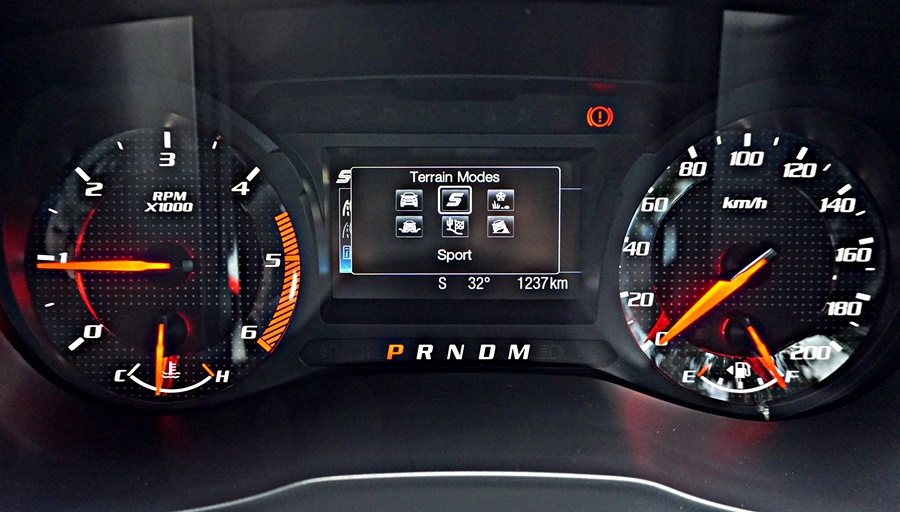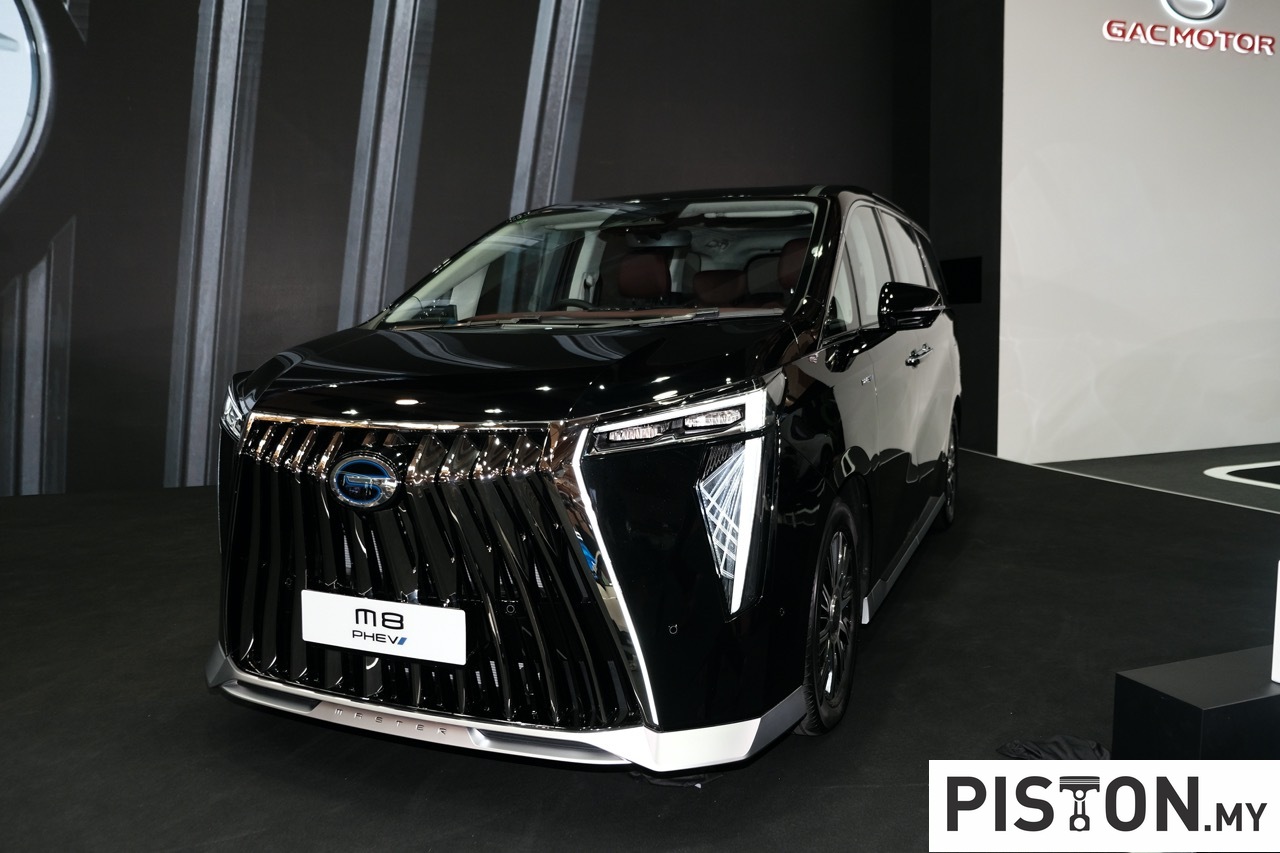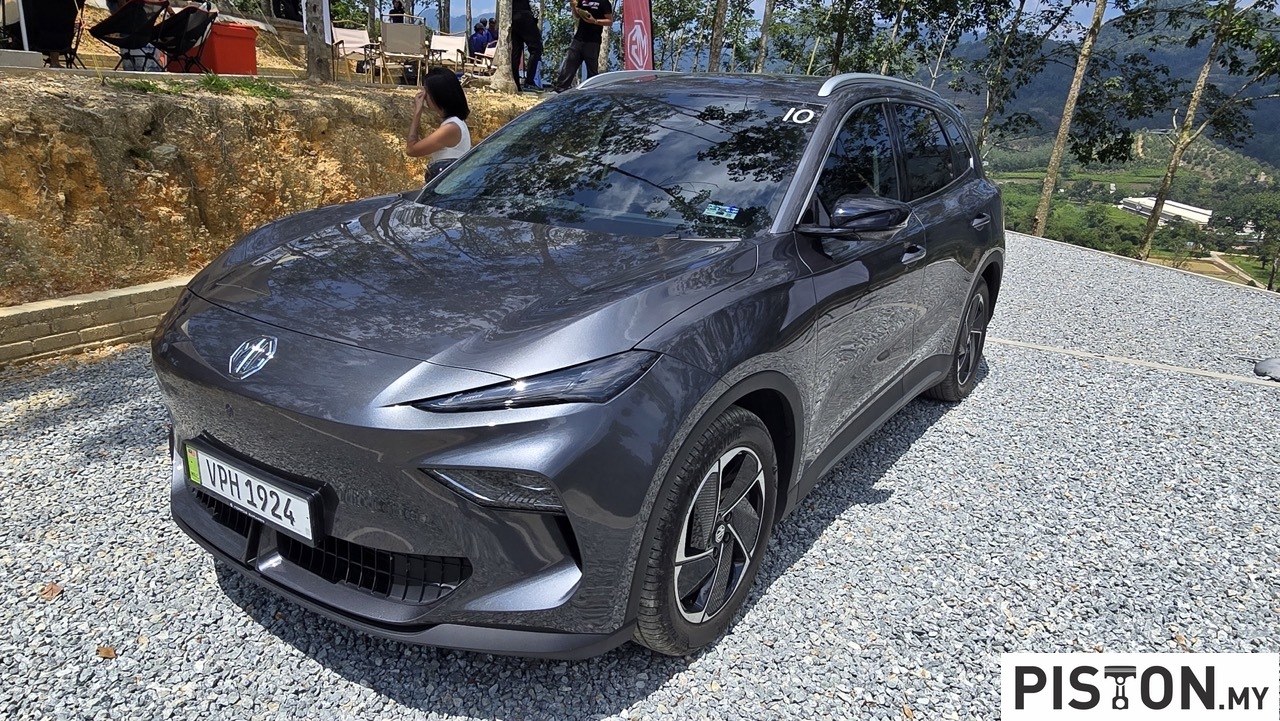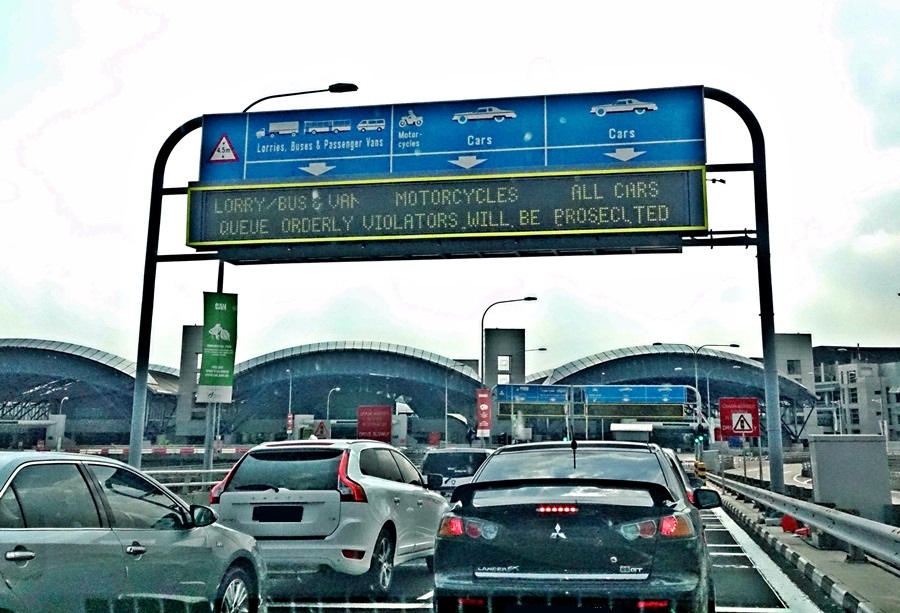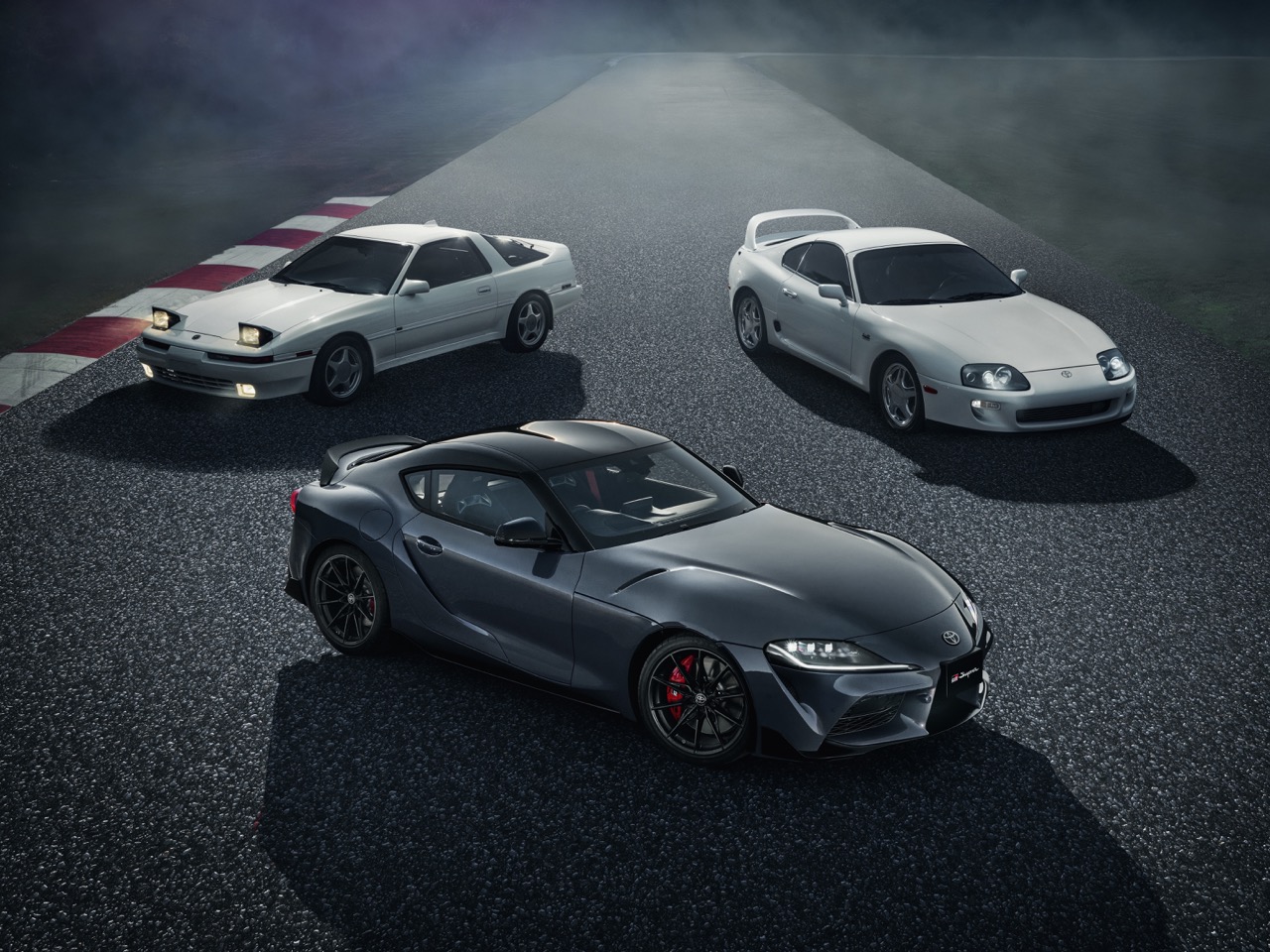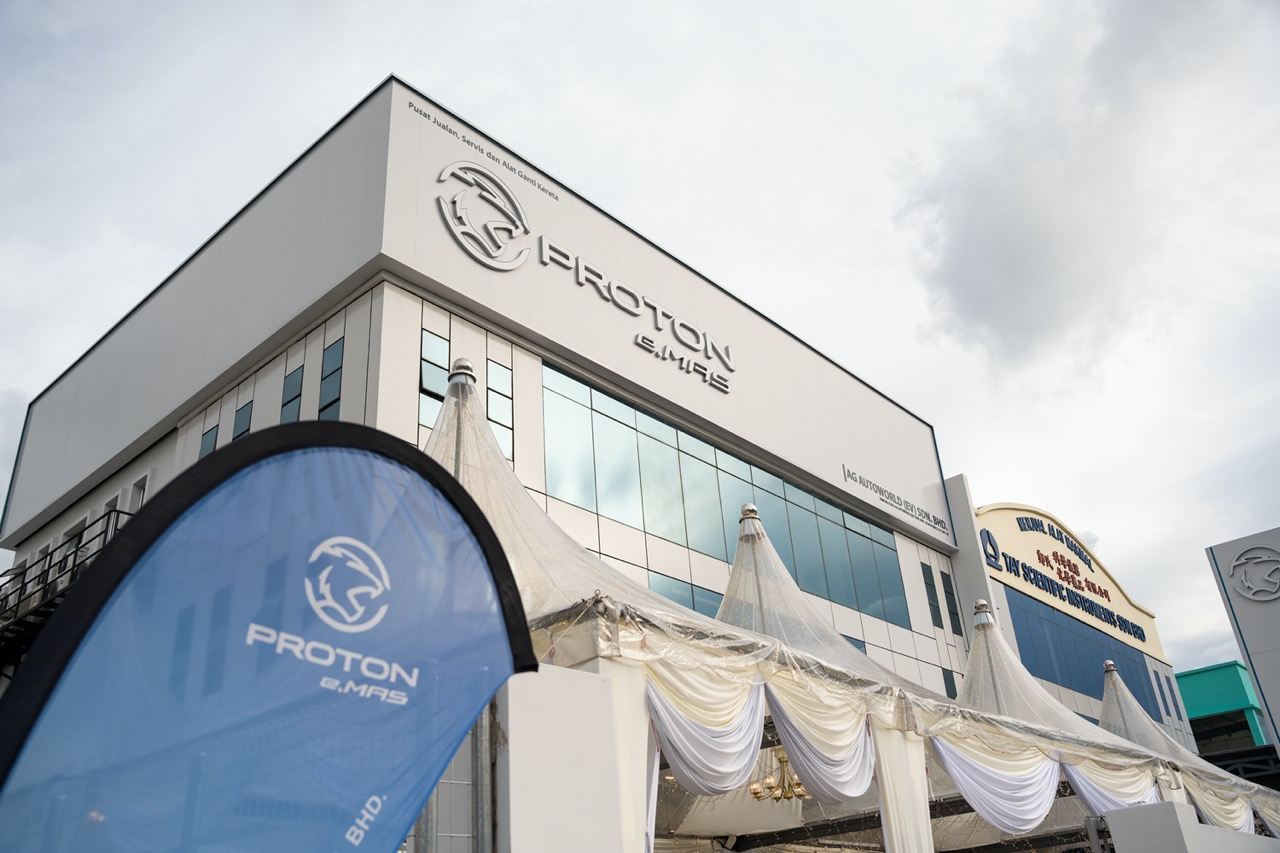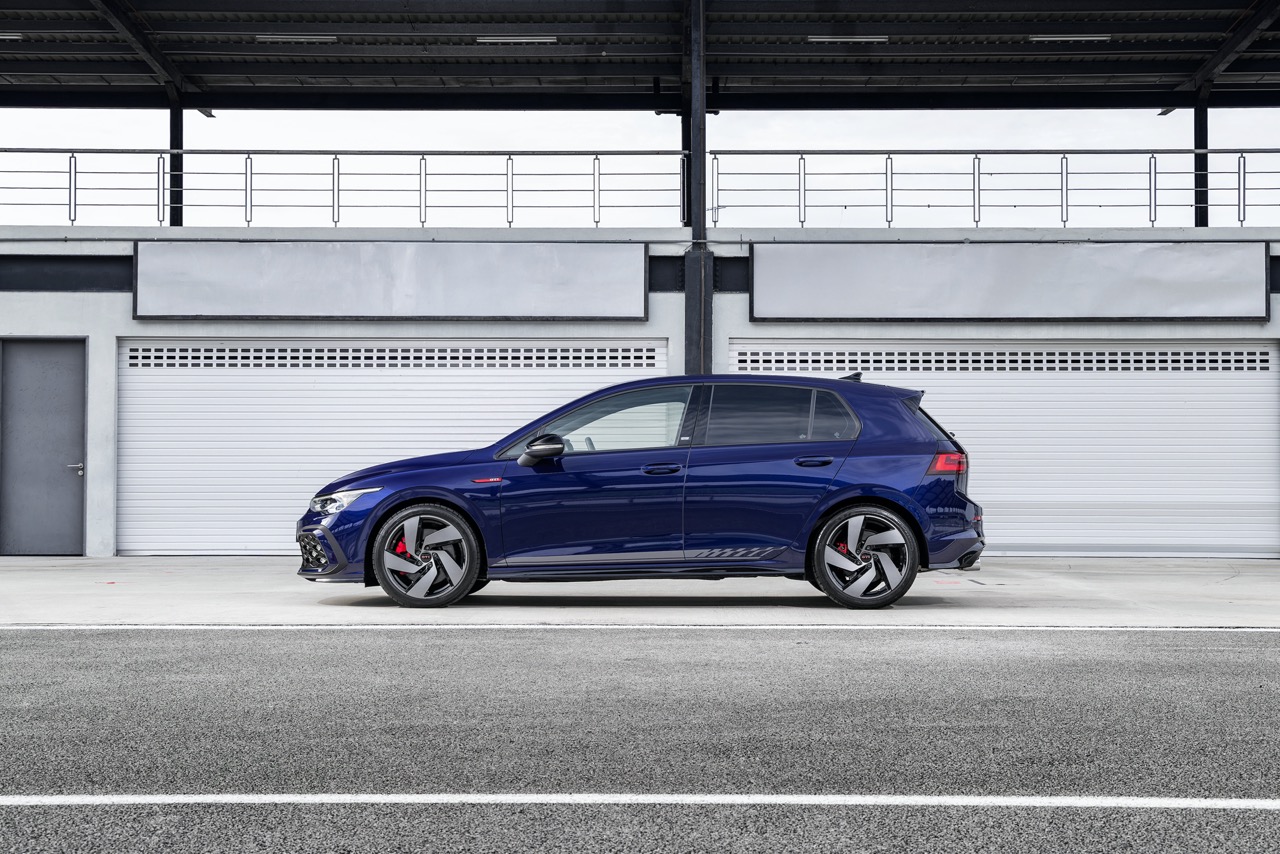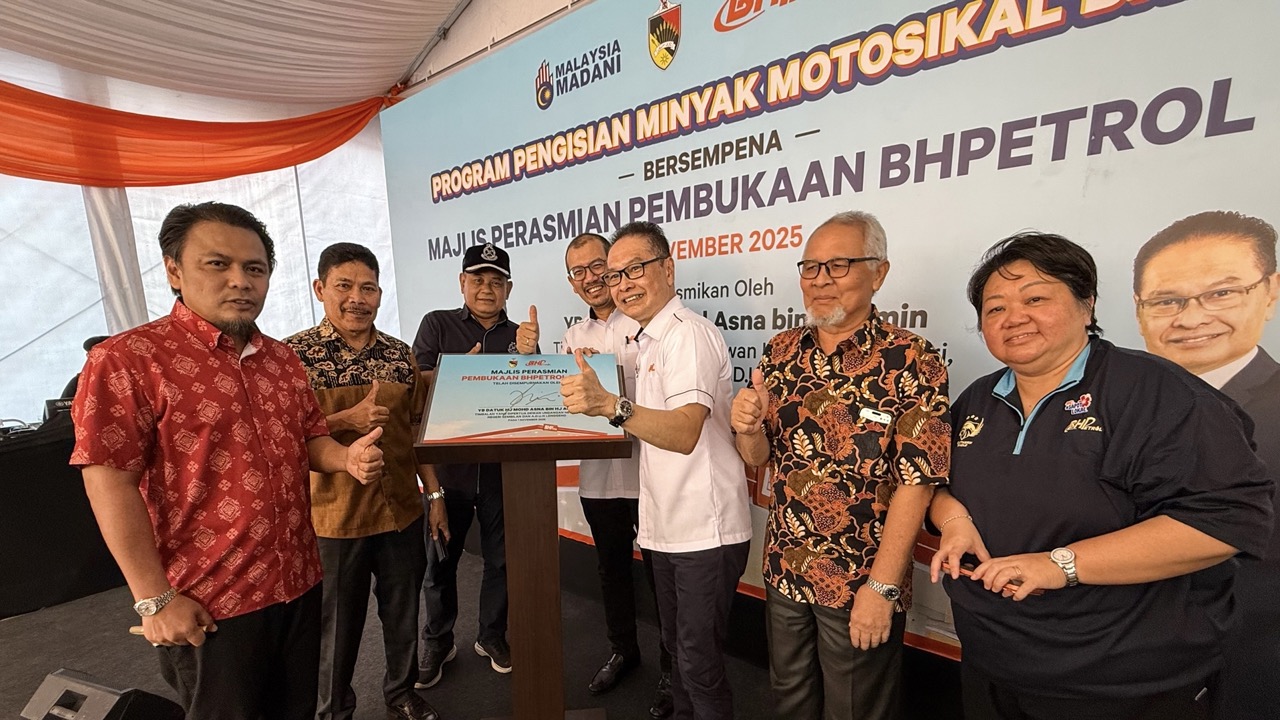Unlike its predecessor which was developed long before the electronic age, the new Land Rover Defender is filled with advanced technologies, particularly in the area of connectivity. At CES 2020 in Las Vegas, the world’s largest consumer electronics show which is on this week, Land Rover is displaying the 4×4 model as the first vehicle with two embedded LTE modems for enhanced connectivity, while the vehicle’s new Pivi Pro infotainment system shares electronic hardware with the latest smartphones.
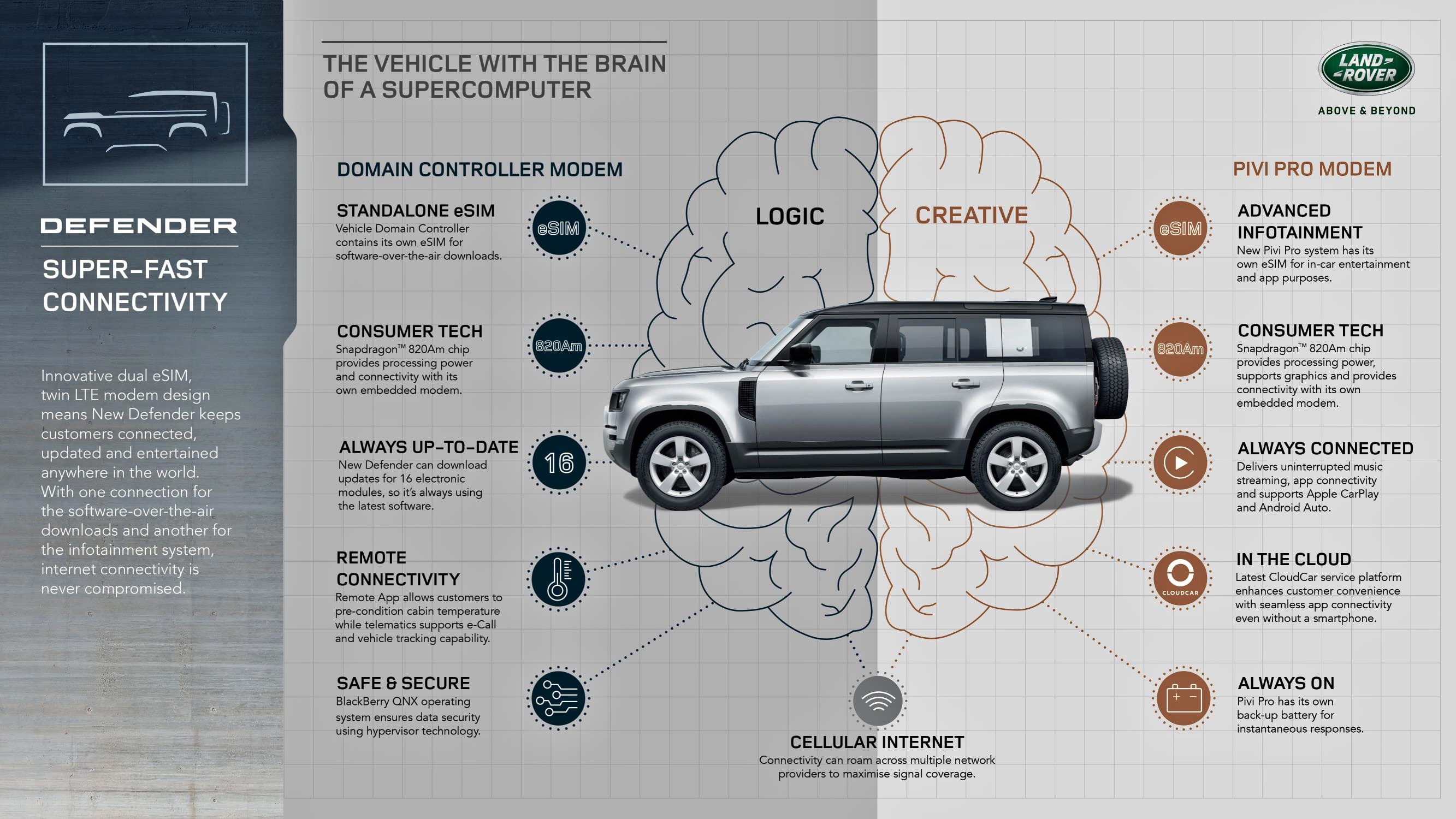
SOTA technology
The fast and intuitive Pivi Pro system allows customers to make full use of the Software-Over-The-Air (SOTA) technology in the New Defender without compromising the system’s ability to stream music and connect to apps. With its own designated LTE modem and eSIM, the SOTA technology can operate in the background without affecting the day-to-day connectivity provided by the separate modem and eSIM in the infotainment module.
The always-on, connected Pivi Pro setup sits at the heart of the cabin. A 10-inch high-resolution touchscreen allows customers to control numerous aspects of the vehicle using the same processing hardware as the latest smartphones. In addition, customers can connect two mobile devices at once using Bluetooth.
“With one LTE modem and eSIM dedicated to the Software-Over-The-Air (SOTA) technology and the same set-up looking after music streaming and apps, New Defender has the digital capacity to keep customers connected, updated and entertained at all times anywhere in the world,” said Peter Virk, Director of Connected Car and Future Technology at Jaguar Land Rover. “You could liken the design to a brain, with each half enjoying its own connection for unrivalled and uninterrupted service. Like the brain, one side of the system looks after logical functions, like SOTA, while the other takes care of more creative tasks.”
The LTE connectivity behind the Jaguar Land Rover infotainment system also allows the New Defender to roam across multiple networks in different regions to help optimize connectivity. In addition, the cloud-based architecture provided by CloudCar is designed to make it easy to access and use content and services.
Expanded SOTA capability
Land Rover has also confirmed the first New Defender SUVs will feature more SOTA capability than originally projected. At its Frankfurt Motor Show launch in September 2019, it was announced that 14 individual electronic control modules would be able to receive remote updates. However, the first production vehicles will feature 16 control units capable of receiving SOTA updates.
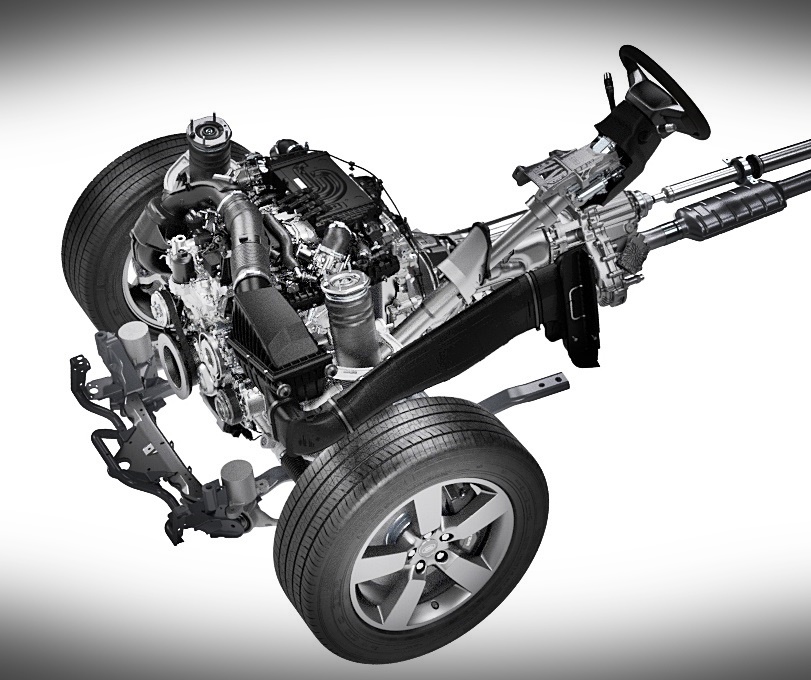
Land Rover engineers estimate that in-dealer software updates will be a thing of the past for Defender customers before the end of 2021 as additional SOTA modules come online, rising from the current 16 to more than 45.
Qualcomm Technologies
Powering the Defender’s Pivi Pro infotainment and Vehicle Domain Controller are two high-performance Qualcomm Snapdragon 820Am Automotive Platforms, each with an integrated Snapdragon X12 LTE modem. The Snapdragon 820Am Automotive Platform delivers unprecedented performance and technology integration designed to support highly advanced telematics, infotainment and digital clusters.
With its power-efficient CPU cores and state-of-the-art GPU performance, integrated machine learning and powerful video processing capabilities, the Snapdragon 820Am Automotive Platform will enhance connected in-car experiences, including responsive interfaces, immersive 4K graphics, high-definition media streaming, and immersive audio.
Two X12 LTE modems provide parallel high-bandwidth downlink and uplink connectivity across multiple networks, ultra-fast connectivity and lower latency for secure, reliable communications. Additionally, the X12 LTE modem features an integrated global navigation satellite system (GNSS) and automotive dead reckoning, increasing the vehicle’s capability to accurately keep track of its location and position.
BlackBerry QNX
The New Defender is the first Land Rover vehicle to include a domain controller that consolidates a number of Advanced Driver Assistance Systems (ADAS) and driver convenience functions built on top of the QNX Hypervisor. Consolidating more systems onto fewer ECUs is integral to the future of automotive electrical design and will be the model for the Land Rover brand’s next-generation vehicle architecture.
Within the New Defender, the Blackberry QNX operating system helps deliver a smartphone-like experience for Pivi Pro infotainment users. The technology also powers the operating system for the latest generation TFT Interactive Driver Display, which can be configured to show vehicle instrumentation, navigation instructions and mapping information or a combination of the two.
BlackBerry QNX technology is embedded in more than 150 million vehicles on the road today and used by top automakers for their ADAS, digital instrument clusters, connectivity modules, hands-free, and infotainment systems.
CloudCar
Jaguar Land Rover is the first global car maker to use CloudCar’s latest cloud-based services platform. Working with the world-leading developer of connected driver experiences brings new levels of customer convenience to the Pivi Pro infotainment fitted to the New Defender. The CloudCar system supports a variety of service and content functionalities and recognizes dial-in numbers and codes, as well as locations, stored within calendar meeting invites. Customers can then navigate to or dial-in to meetings and conference calls with a single touch of the central touchscreen.
Bosch ADAS
Land Rover is on the road to a connected and autonomous future and the New Defender features a variety of technologies developed with Bosch to enhance the driving experience. Alongside the latest Advanced Driver Assistance Systems (ADAS), which include Adaptive Cruise Control and Blind Spot Assist, Bosch has supported the development of the Land Rover brand’s innovative 3D Surround Camera System, which gives drivers a unique view of the vehicle’s immediate perimeter using four wide-angle HD cameras, each providing a 190-degree field-of-view.
Connected using a 3Gbit/s video backbone and fused with 14 ultrasonic sensors, the clever technology gives drivers a choice of vantage points including a top-down plan view and seamless perspective view. It even performs as a virtual scout, allowing customers to pan around the vehicle on screen for the ultimate Command Driving Position on and off-road.
New Land Rover Defender’s Mild Hybrid Electric Vehicle system provides ‘future-proofing’



